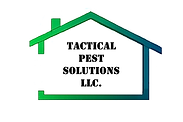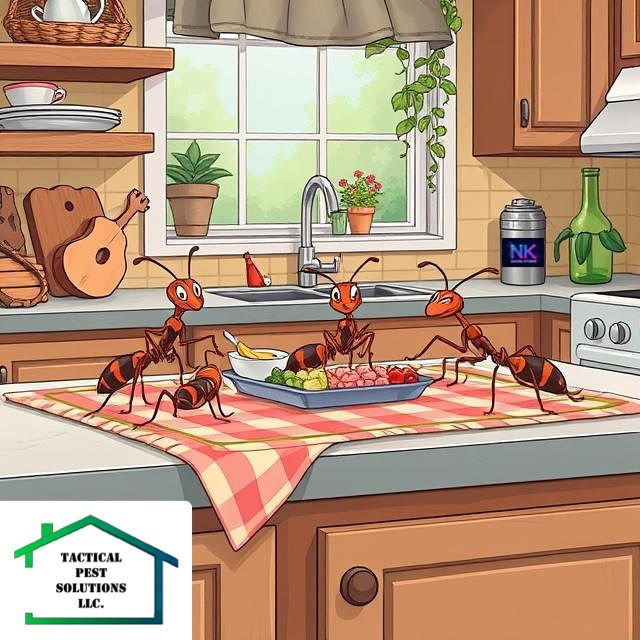Rodent Reproduction and Prevention: Understanding and Tackling the Risk
- David Kelley
- Feb 2, 2024
- 2 min read
Introduction:

Rodents, such as mice and rats, are ubiquitous pests that can cause significant damage in both residential and commercial spaces. With their rapid reproductive abilities and inclination to invade human habitats, it is crucial to gain knowledge about rodent reproduction and take preventative measures to keep their populations in check. In this blog, we will delve into the fascinating world of rodent reproduction and explore effective prevention methods to safeguard our living and working spaces.
Understanding Rodent Reproduction:
1. Prolific Breeders: Rodents are known for their rapid speed of reproduction. A single female rodent can become pregnant as soon as she reaches sexual maturity, which usually occurs around six to eight weeks after birth. In an ideal environment, a female rodent can give birth to several litters, with each litter containing an average of 6-12 pups. This impressive breeding capability can lead to an exponential increase in rodent populations if left unchecked.
2. Gestation Period: The gestation period for rodents is relatively short and ranges between 19 to 24 days, depending on the species. After giving birth, a female rodent can immediately become pregnant, leading to overlapping generations and a continuous cycle of breeding.
3. Sexual Maturity: Male rodents reach sexual maturity in about eight weeks, while females can reproduce as early as five weeks. This early maturity further contributes to the rapid rise in rodent populations.
Prevention Methods:
1. Denying Entry: Sealing off any potential entry points is the first and crucial step in preventing rodent infestation. Inspect the exterior of your property for gaps or cracks that rodents can use as entryways. Seal these openings using materials like steel wool, caulk, or metal flashing.
2. Proper Food Storage: Rodents are opportunistic eaters, and they are lured by accessible food sources. Keep food, including pet food, in rodent-proof containers to prevent attraction and infestation. Regularly clean up food spills and crumbs as well.
3. Maintaining Cleanliness: Good sanitation practices can deter rodents from infesting your space. Ensure that garbage is securely stored in sealed containers, and regularly dispose of it. Regularly clean and declutter areas where rodents may hide, such as basements, attics, and crawl spaces.
4. Leverage Traps and Baits: Using traps and baits can be an effective way to control rodent populations. Choose the appropriate type of trap, such as snap traps or humane live-catch traps, depending on the severity of the infestation. When using baits, follow the instructions carefully to ensure safety for humans and non-target animals.
5. Professional Pest Control: In severe cases or persistent rodent problems, seeking assistance from professional pest control services is highly recommended. Experienced technicians can evaluate the infestation and employ targeted and safe measures to eradicate the rodents.
Conclusion:
Rodent infestations can quickly become a nightmare, posing health risks and causing structural damage. Understanding rodent reproduction patterns can help us appreciate the urgency and gravity of prevention. By employing proactive measures such as sealing entry points, practicing good sanitation, and using traps or professional services when necessary, we can effectively reduce the risk of rodent infestations and maintain a clean and safe environment for ourselves and our loved ones.






Comments